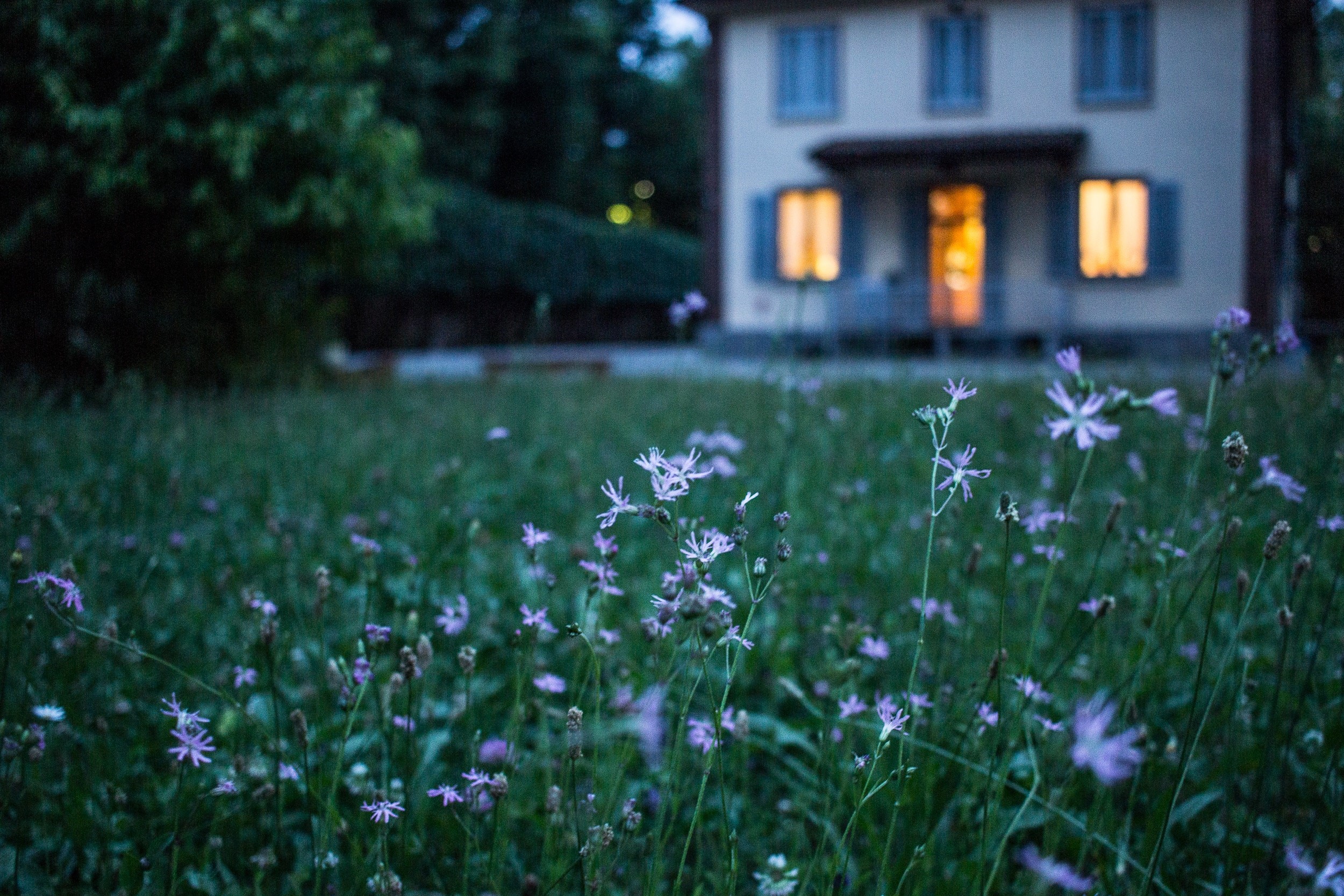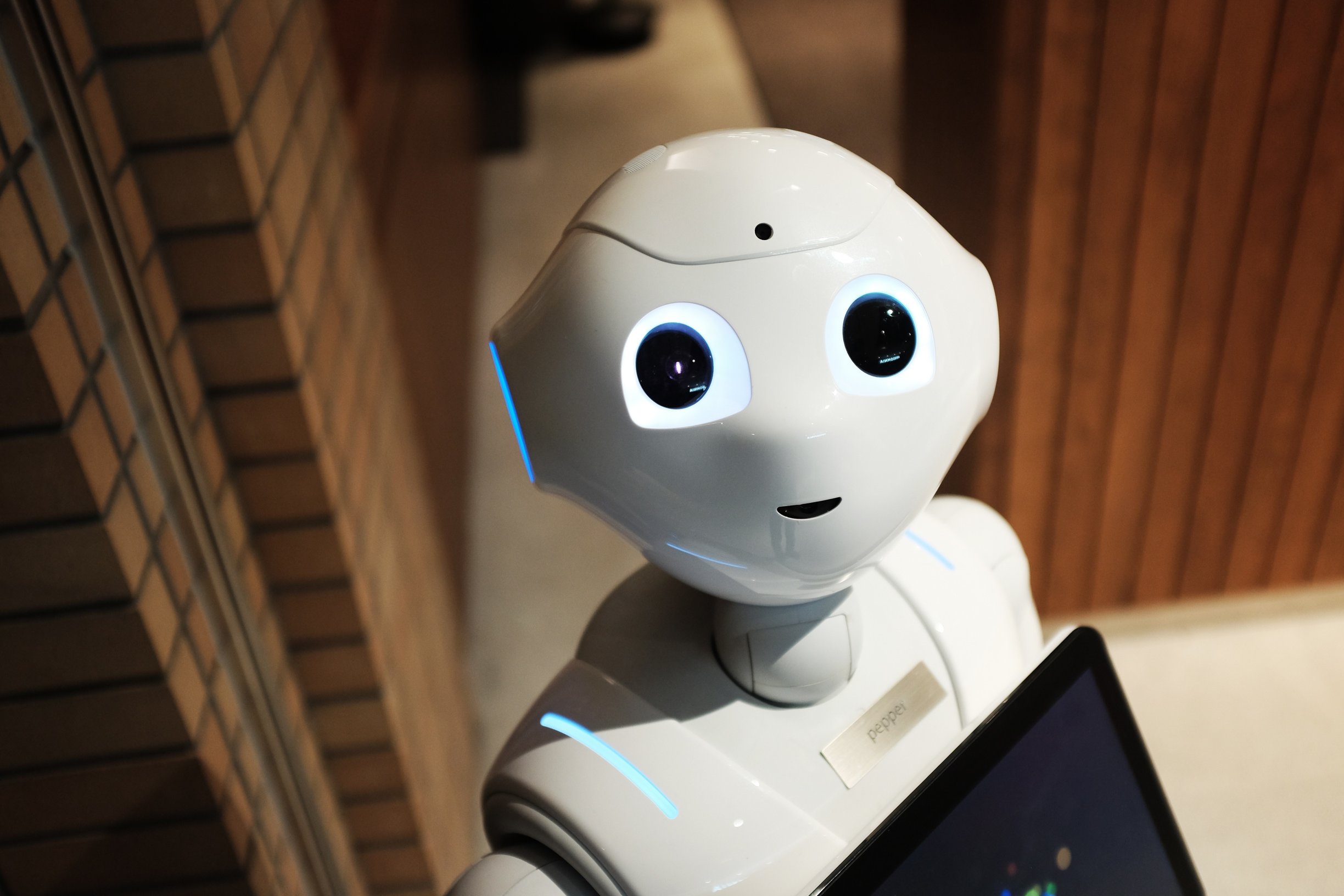House of the future; technology designed to age in place
How will we live when we’re older? We paid a visit to the house of the future.
Written by Stannah

When we talk about a House of the Future, futuristic Jetsons kind of houses with a strong sixties allure seems to come to mind. However thrilling the idea of living in a high-tech apartment in space might seem, it is not what we mean by a “house of the future”.
We can have a little bit of hi-tech fun while we’re at it though. There are some interesting realistic technological developments in the pipeline when it comes to smarter living in our future.
And since we all know that today’s tendency is to grow older and therefore age in place, we wanted to look at our houses of the future. How will, or should, they look? What kinds of exciting, fun prospects are out there, and how will our house provide us with a more comfortable life?
Join us on a journey into our future!
Table of contents:
Aging in place in a house of the future, keeping your independence.
Homes of the future with an “Elderly-friendly design”.
How does a Stannah lift fit into your house of the future?
Aging in place in a house of the future, keeping your independence.
We’ve written other articles about aging in place, like this one for example, focussing on how you can adapt your house to live independently for longer. Now, let’s look at how houses can be up-dated, keeping the future in mind. Your future self will thank your present self for having thought about how to love a comfortable life in your own house!
What is Domotica?
Domotica is basically a process of home automation, making it a ‘smart home’. It comes from the Latin word Domus for house, and Robotica for ‘remotely monitor’ or ‘control’. It’s not as futuristic an idea as it sounds though, as it’s been around since the ‘80s. The idea was to control lights, air-conditioning and security with one link that controlled all 3 elements.
Nowadays it’s not thought of as something only for industrial or military settings, but rather a domestic one. In other words, it involves setting up the control and automation of, for example; heating, lighting, ventilation, air conditioning and home appliances like washer/dryers, ovens, fridges etc. But also being able to lock and unlock your doors and windows remotely, using Wi-fi.
European organisation “ Living Tomorrow” specialises in examining the future of different themes, like the future of cities. They researched the idea of smart homes and smart streets and according to their estimations, this year alone 25,000 million devices will be connected to the internet. We’ve arrived at a point where the growth of “the internet of things” is unstoppable. It’s therefore very likely that in our future houses we will control certain settings and devices from the comfort of our smartphone, where ever we are. Some things are already possible today! Examples are home monitoring systems without cameras or controlling your tv with yoursmartphonee.
How is this development relative to seniors? Well, being able to control your curtains or kettle from your car on your drive home is awesome of course. But what really is life changing, is that your house learns your patterns after a while. Your house would know, for example, when you get up in the morning, so it can go ahead and prepare your coffee for you. Your house can also remind you to take your medicine, or when you’re running out of something important. It can even warn you when there is air pollution or create more sustainable and economic energy usage. The house proactively adjusts to your wants and needs. You know how nowadays people can’t live without their phone because their whole life is on it? Domotica will make you feel that way about your house, an invisible butler, nurse and friend all taking care of you and not in a creepy robots-are-taking-over-the-world-way!

Homes of the future with an “Elderly-friendly design”.
As we’ve established, the population is getting older, and quickly. Cities are being adjusted to meet senior citizen’s needs, and their houses are a major part of that. According to the 2011 census, 94% of Australians who are 65 years or older live in private housing.
English architect and housing expert, Judith Torrington, show’s us an example of the UK and why the housing stock in the UK is not well adapted for older people. As the trend worldwide is to age in place, this is an interesting example. A typical home both in the UK and in Australia is designed for a family, with 3 bedrooms and a garden. At a time of significant UK housing shortage for the elderly, a large portion of seniors live in houses that were designed for bigger households. Even though older people have said they want to move to a smaller, more manageable home, there are not enough houses to meet the growing demand. Unfortunately, the existing houses that were specifically designed for seniors only accommodate a relatively small number of elderly people.
“According to the 2011 census, 94% of Australians who are 65 years or older live in private housing.” Who are Australia’s Older People? Reflecting a Nation: Stories from the 2011 Census
Some of the difficulties older adults encounter can be met by adapting existing homes, which will allow people to live in their houses for a longer time, independently. Judith Torrington says these adaptations include:
- Fitting handrails
- Stairlifts
- Replacing bathrooms with wet-rooms
How does a Stannah stairlift fit into your house of the future?

As Architect Judith Torrington has said, installing a stairlift is a great solution for people to be able to stay in their houses for longer.
A stairlift gives you all the mobility and safety you need when going up and down the stairs, and it will give you back the control over your entire home. Making elderly people feel safe again in their own home, and their families have peace of mind knowing that their loved one is independent in a home where they feel safe.
The stairlift is an accessible piece of technology that might very well be in most people’s future, easily installed, low maintenance and adaptable to the user’s needs. Enabling one to stay in the home they love for many years to come.
Fun futuristic products that will make our golden years a pleasure!
We’ve put together a list of some other fun and (more importantly) helpful products that were designed for current and future older adults:
- I Walk active: This 21st-century rollator is designed to take away the barrier that declining mobility creates. The active walker has intuitive sensors, e-drive functionality and cloud-based services. It combines an array of technologies and was created to restore loss of independence for people with reduced mobility, stigma free! The company who designed it has even won the prestigious AALA award. Have a look at their pitch below to find out more about the product:
- AXOSUIT: is a 3-year project that aims to bring back full body mobility, allowing users to continue to be able to go about their day-to-day activities. The project is a collaboration between 3 universities and 5 companies who are active and experienced in assistive devices. It looks like an amazing project!
- Ironhand: A wearable, soft robotic glove with add-on exercise games is what this is! This amazing glove has been created to help people get back hand functions they may have lost due to ageing or age-related conditions. With the glove, you’ll be able to do everyday tasks again!
Making life easier
All fantastic products that tell us technology is definitely here to help us have a better quality of life as we age. The stairlift fits right in to that category, as all it really does is making your life easier. And can’t we all use a bit of help with that?

